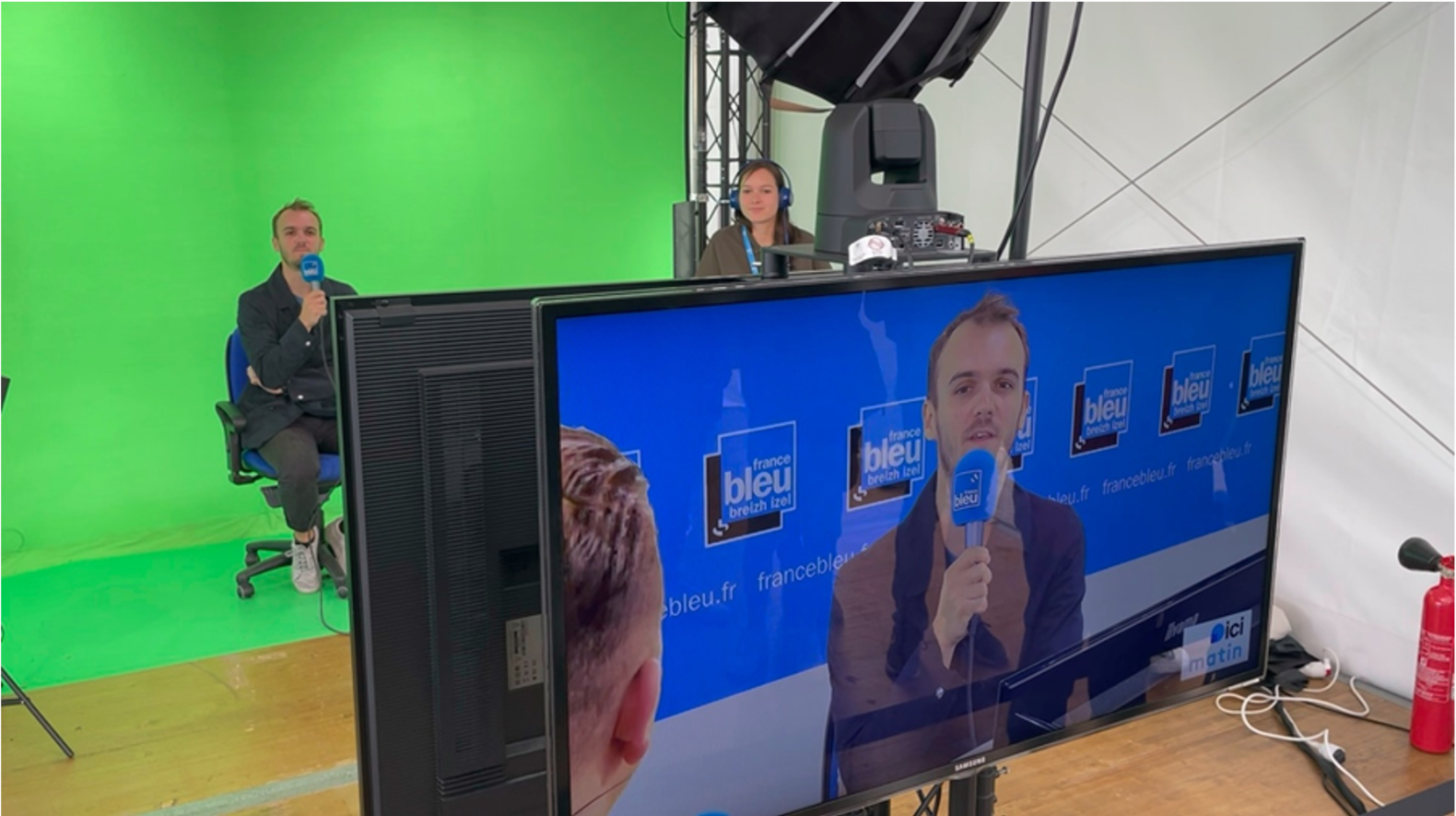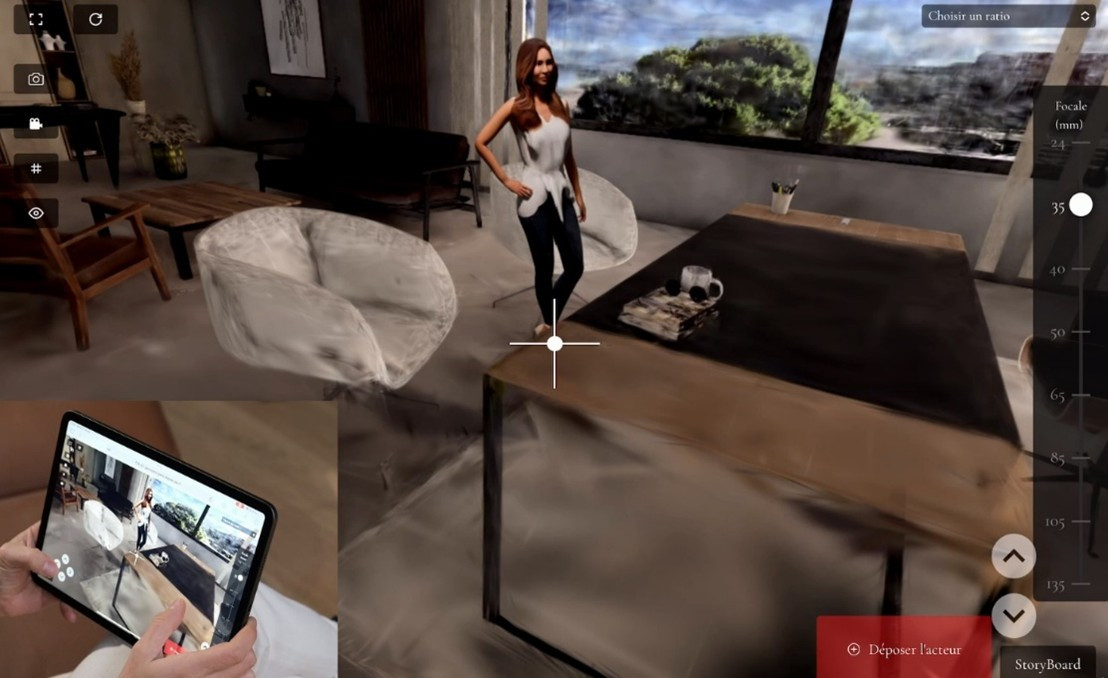"In one room, two fighters are facing each other. You are in the center. Go to meet them, listen to them talk about the reasons that led them to fight, to defend a territory, a city, a family... for peace."
Initially, this was limited to photojournalism: portraits of enemies. The whole thing was accompanied by the same series of six questions, asked tirelessly to the two opponents: who is your enemy and why? What does peace mean to you? Have you ever killed one of your enemies? Where do you see yourself in 20 years? These age-old conflicts now had a face.

Nevertheless, we had to go further to ensure that this did not remain a dead letter. Karim Ben Kalifa had the experience of the field. Palestine, Iraq, Afghanistan or North Korea: he had covered all these subjects for prestigious publications such as Le Monde, New York Magazine or Newsweek. He now wanted to translate as faithfully as possible what he felt in the field into an experience as true as nature itself. He had to go beyond photojournalism alone. It was this desire to promote peace that justified the support provided by Google's European Digital News Innovation Fund to promote it in the regions concerned.

This explains the scale of the project, co-produced internationally by France Télévisions, Caméra Lucida, NFB, Emissive, DPT and the support of MIT. These images of war and the suffering they engender had to move the lines. They were to make distant fronts real, to allow conflict zones to become, indirectly, a tool for reconciliation.
The choice of immersive technologies quickly became obvious for this project, which will be adapted to RVs for a traveling exhibition around the world starting in 2013. Residents of Tel Aviv, New York, Boston and soon Canada were able to experience this 50-minute installation equipped with a helmet that projected them into a room with a sober decor, halfway between two enemy combatants.
This state-of-the-art installation combines for the first time RV and 3D reconstruction based on a documentary capture in the field. The Enemy also uses artificial intelligence and the work of Fox Harrell, an associate researcher at MIT, to offer each visitor a unique experience: his behavior, recorded throughout the experience, defines the epilogue he will live.

The experience was available in augmented reality on an app using the latest features of the Apple AR Kit. The objective? To allow historical enemies to face each other and dialogue outside the battlefield. And above all, to offer the general public a different reading of war: without judgment, without questioning, while giving a voice to those who usually don't take it and express themselves through armed combat alone.
Technically, this implied its share of difficulties. The recordings had to be made in inaccessible and dangerous places to allow the digitization of the combatants, in conditions far from those of a conventional studio.
This kind of situation would simply be impossible in the real world. The dialogue missing from the conflicts between Israel and Palestine, in El Salvador and the Democratic Republic of Congo will therefore be done virtually. These disembodied causes thus take on a human face, that of an individual destiny caught in a movement that goes far beyond it.


For Ben Khelifa, it is a way to reach the younger generation, the one that could soon decide to join the ranks of the fighters as the previous ones did, born with a predefined and yet unknown enemy.
Eventually, the experiment could go further with the help of neuroscience by recording and then interpreting the physiological reactions of the various participants. Whatever their initial bias, the empathy generated could be surprising because it is universal.
Augmented reality app
The Enemy - Demo App Francais from Dpt. on Vimeo.
For more information, visit the official website.
 Back
Back











